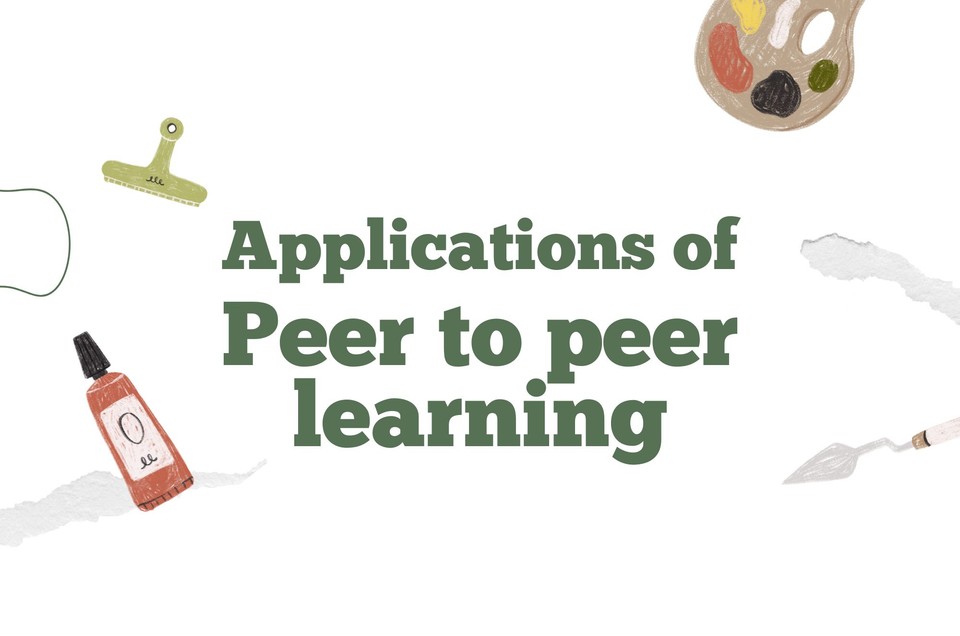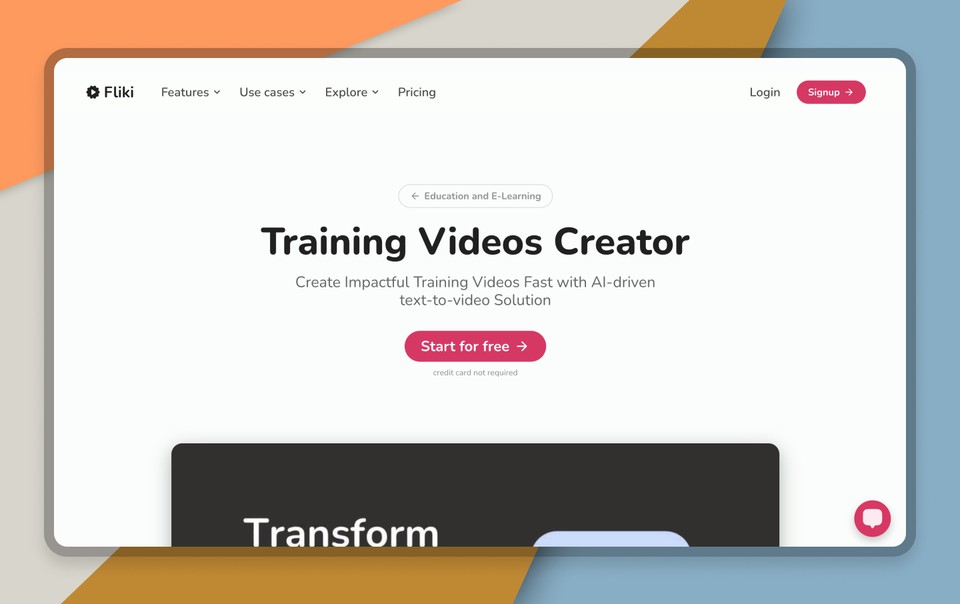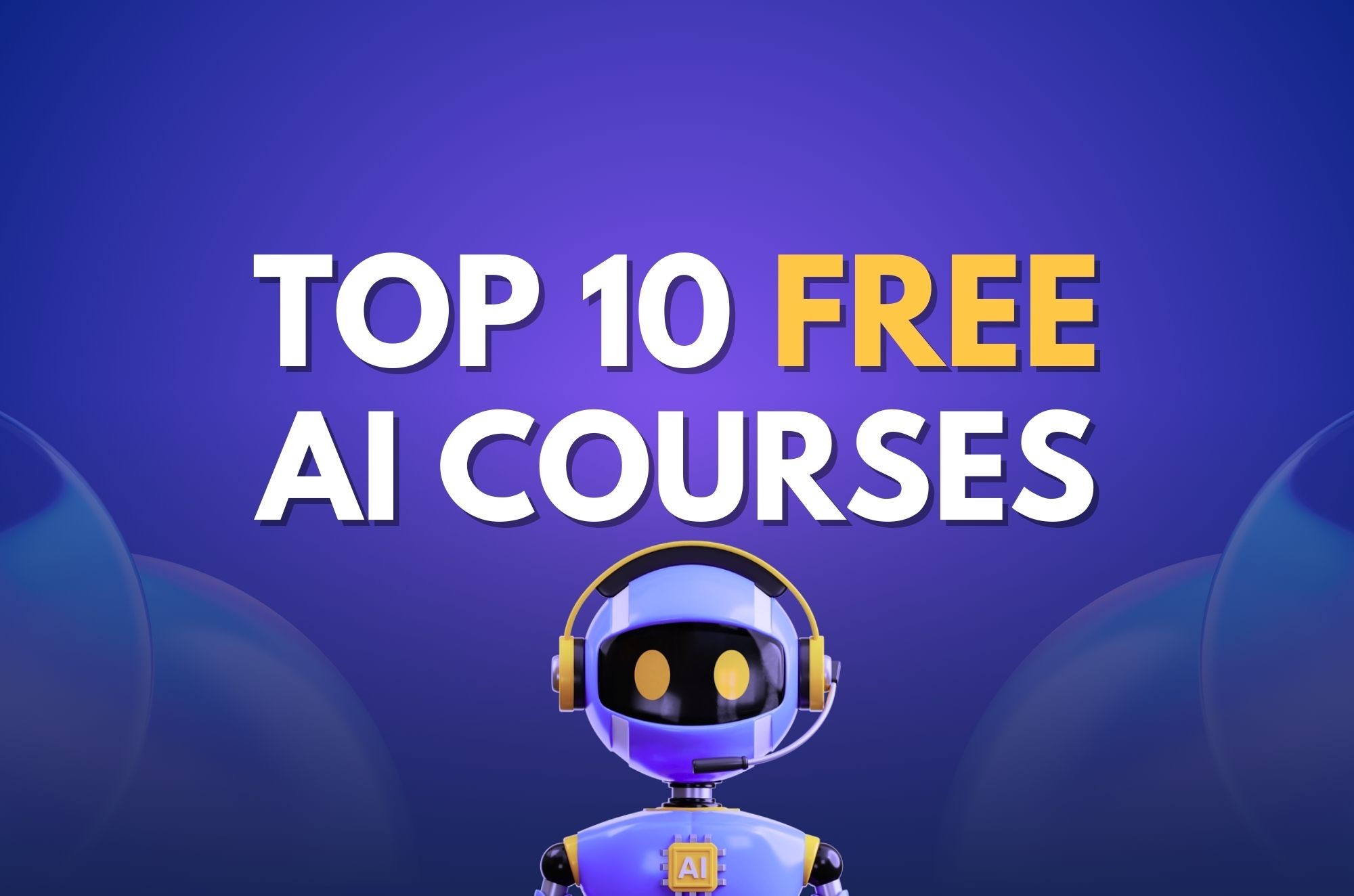What Is Peer-to-Peer Learning?
Imagine a classroom or workplace where everyone is both a teacher and a learner. That’s the essence of peer-to-peer learning—a collaborative approach where individuals share knowledge and skills to achieve mutual understanding and growth. It’s less about a one-sided lecture and more about dynamic, two-way exchanges.
In workplaces, peer-to-peer learning thrives when employees collaborate to solve challenges or share expertise within the team. In schools, it might look like students working together on a group project or older students mentoring younger ones. The beauty of this approach lies in its inclusivity and mutual benefit: everyone learns, and everyone contributes.
Classroom vs. Workplace: The Evolving Dynamics of Peer Learning
In schools, peer learning fosters social interaction and teamwork. Students learn to communicate, debate, and collaborate effectively. Picture this: a group of high schoolers pooling their knowledge to prepare a presentation. One student’s knack for design complements another’s skill in public speaking, creating a project that’s better than what any individual could have achieved alone.
In the workplace, the same principles apply but with a professional twist. Employees lean on each other’s strengths to overcome hurdles, develop new skills, and improve team productivity. Research from the Harvard Business Review reveals that over 50% of employees prefer learning from peers when tackling work challenges—it’s practical, relatable, and engaging.
Why Peer-to-Peer Learning Matters
Peer learning isn’t just a trend; it’s a proven method with wide-ranging benefits. Here’s why it should matter to you:
1. Boosts Teamwork and Connectivity
Collaborative learning nurtures strong interpersonal relationships. When teams solve problems together, they build trust and camaraderie.
2. Encourages Knowledge Sharing and Upskilling
Peer-to-peer learning fosters a culture of continuous development. Employees exchange insights, helping each other grow in areas like problem-solving, technical skills, and leadership.
3. Cost-Effective Learning
Unlike traditional training, peer learning leverages internal resources. It’s budget-friendly while maximizing the talent you already have.
4. Enhances Engagement and Retention
Interactive learning sessions—like debates or discussion groups—keep participants engaged. Studies show that learners retain more information when actively involved in the process.
5. Promotes Inclusivity and Diverse Perspectives
Peer learning encourages employees to step outside their comfort zones, exposing them to new ideas and fostering an inclusive environment.
Real-World Applications of Peer Learning

So how can you implement peer-to-peer learning effectively? Let’s explore some tried-and-true methods:
1. Action Learning Groups
Small groups tackle real-world problems, combining brainstorming with practical solutions. This approach enhances critical thinking and decision-making skills.
2. Lunch and Learn Sessions
Informal gatherings where employees share insights or tackle challenges over a meal. It’s a relaxed yet impactful way to encourage open dialogue.
3. Peer Mentoring Programs
Pairing seasoned employees with newcomers creates a nurturing environment where both parties benefit. The mentor solidifies their knowledge while the mentee gains valuable guidance.
4. Discussion and Debate Groups
Encourage employees to engage in structured discussions or debates. These sessions promote critical thinking and broaden understanding.
5. Digital Knowledge Sharing Platforms
Invest in tools like learning management systems (LMS) or forums where employees can share documents, host webinars, and engage in collaborative discussions.
Implementing Peer-to-Peer Learning in Your Organization
Launching a peer learning program might feel daunting, but with the right steps, it’s easier than you think:
1. Gain Leadership Support
Present data and success stories to get buy-in from decision-makers. A supportive leadership team sets the tone for the program’s success.
2. Designate a Facilitator
A neutral facilitator ensures discussions stay productive. This person organizes sessions, fosters dialogue, and provides guidance without dominating.
3. Create a Safe Space
Establish ground rules to promote respect and constructive feedback. A healthy environment encourages honest communication.
4. Encourage Participation
Incentivize involvement through recognition or tying activities to career progression. The more employees see value in the program, the more engaged they’ll be.
5. Leverage Technology
Use collaborative tools like Slack, Zoom, or an LMS to make learning accessible. These platforms bridge gaps between remote and in-office employees.
6. Gather Feedback
Continuously improve your program by soliciting feedback. Anonymous surveys can reveal what’s working and what needs adjustment.
The Role of Video in Peer-to-Peer Learning
Videos have become a cornerstone of modern learning—and for good reason. Studies show that learners retain up to 95% of information presented in video format compared to just 10% through text alone. This is because videos engage multiple senses, combining visual and auditory elements to simplify complex concepts and make them more digestible. For example, a recorded tutorial on coding best practices not only provides step-by-step instructions but also demonstrates the application in real-time, making it far easier to understand than a written guide.
Moreover, videos cater to different learning paces and styles. Learners can pause, rewind, and revisit sections they find challenging, which makes the content highly accessible and inclusive. A Harvard study found that video-based learning also boosts engagement levels, as dynamic visuals and clear narration hold the viewer's attention more effectively than static content.
In peer-to-peer learning, videos offer even more unique advantages:
Accessibility: Learners can watch videos at their own pace, pausing and rewinding as needed.
Scalability: A single video can reach a vast audience, making it ideal for large teams.
Engagement: Dynamic visuals and real-life scenarios make learning enjoyable and relatable.
With these benefits, incorporating videos into peer learning strategies becomes not just an enhancement but a necessity for impactful learning outcomes.
Using AI Video Generators

Modern technology has revolutionized video creation. Tools like Fliki AI Video Generator empower teams to produce high-quality learning content without requiring extensive technical expertise. Here’s how Fliki can enhance peer-to-peer learning:
For example, a global marketing team can use Fliki to create short, engaging videos to onboard new members across different time zones. Instead of scheduling multiple sessions, they can produce concise tutorials tailored to the team's needs, complete with voiceovers and dynamic visuals. The videos allowed new hires to learn at their convenience, significantly reducing onboarding time and improving retention.
Another instance can involve a software development firm leveraging Fliki to train employees on new coding standards. Team leads created training video walkthroughs that included annotations and interactive elements. This approach not only standardized training across departments but also boosted employee confidence in applying the new practices.
Fliki’s capability to seamlessly adapt content to different audiences made it an ideal tool for a multinational consultancy. By generating videos in multiple languages, the consultancy ensured that every team member—regardless of location—received consistent, high-quality learning materials. This inclusivity enhanced collaboration and accelerated project timelines.
Ease of Use: Fliki’s intuitive interface allows users to create professional-grade videos quickly. Teams can focus on content quality rather than production hurdles.
Customization: Tailor videos to your organization’s needs with custom scripts, visuals, and AI voiceovers. This ensures that learning materials are relevant and engaging.
Cost-Effective Solution: Traditional ways of video production can be costly and time-consuming. Fliki streamlines the process, making it accessible for organizations of all sizes.
By integrating AI tools like Fliki into your peer learning strategy, you create a versatile, scalable solution that caters to diverse learning preferences. However, it is important to acknowledge potential challenges with such tools. For instance, there might be a learning curve for some users unfamiliar with AI technologies, which could initially slow adoption. Additionally, the content produced might lack a personal touch if not carefully customized, potentially reducing engagement.
To address these issues, organizations can provide training sessions for employees to familiarize themselves with Fliki and its features. Furthermore, incorporating team-specific examples and personal anecdotes into videos can make the content more relatable and engaging. With thoughtful implementation, the advantages of using such powerful AI tools can far outweigh its limitations, ensuring it becomes a valuable asset in peer-to-peer learning. Whether it’s a short tutorial on software usage or a detailed explainer on company processes, video content can bridge knowledge gaps efficiently.
Final Words
Peer-to-peer learning is more than a strategy—it’s a mindset. By embracing collaboration, organizations can build stronger teams, foster innovation, and drive growth. Whether you’re a manager seeking to upskill your team or an employee looking for new ways to learn, peer learning offers endless possibilities.
Ready to transform your workplace? Start small—a lunch and learn here, a discussion group there. Over time, these efforts will compound, creating a culture where learning and collaboration thrive.



